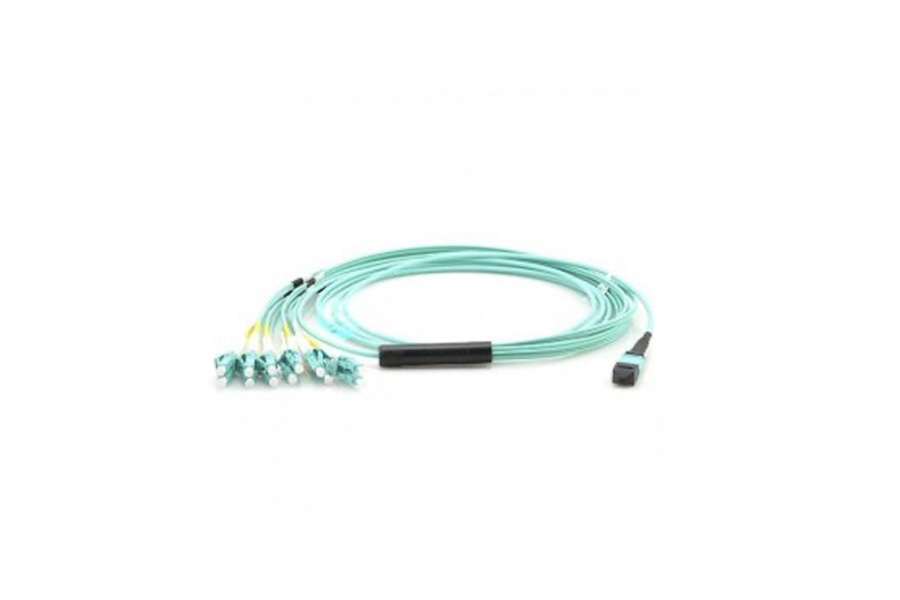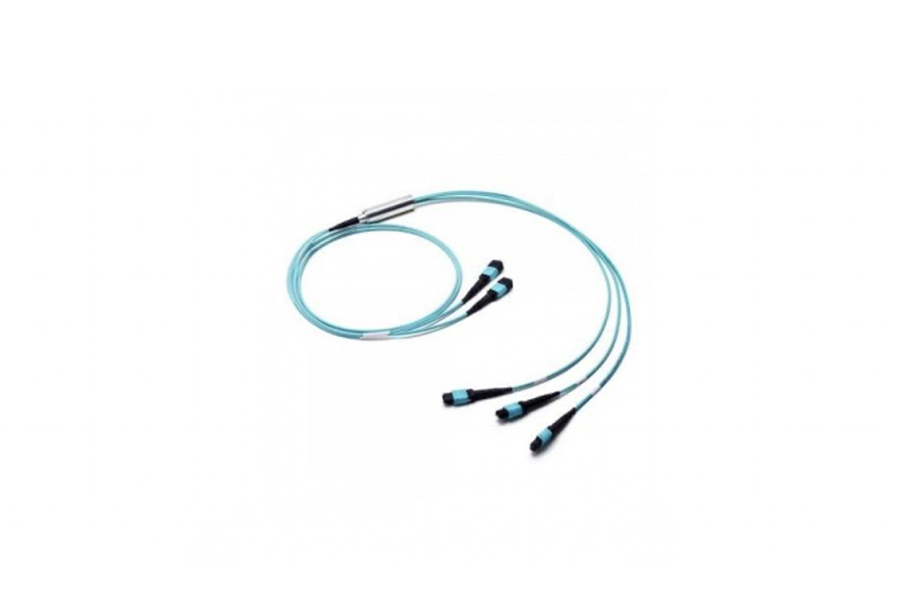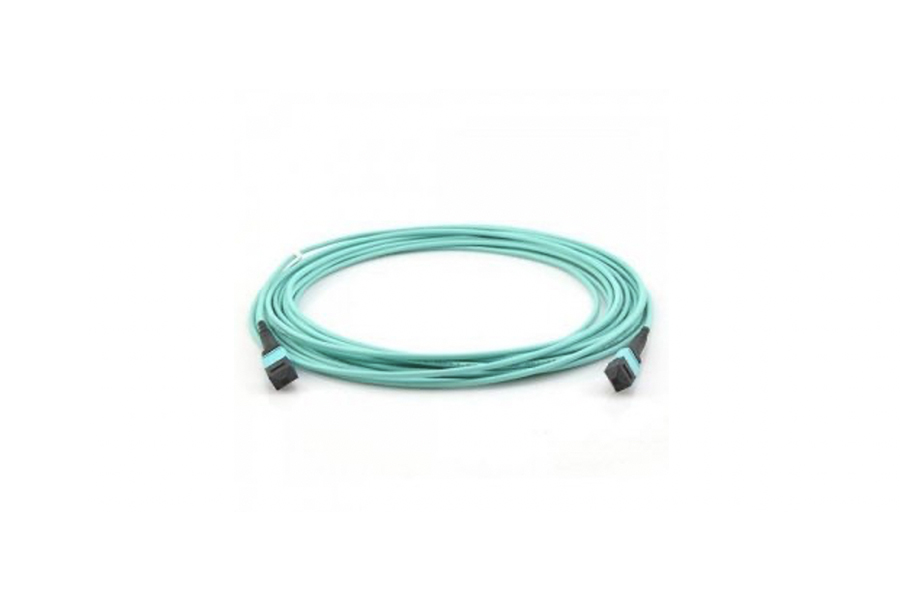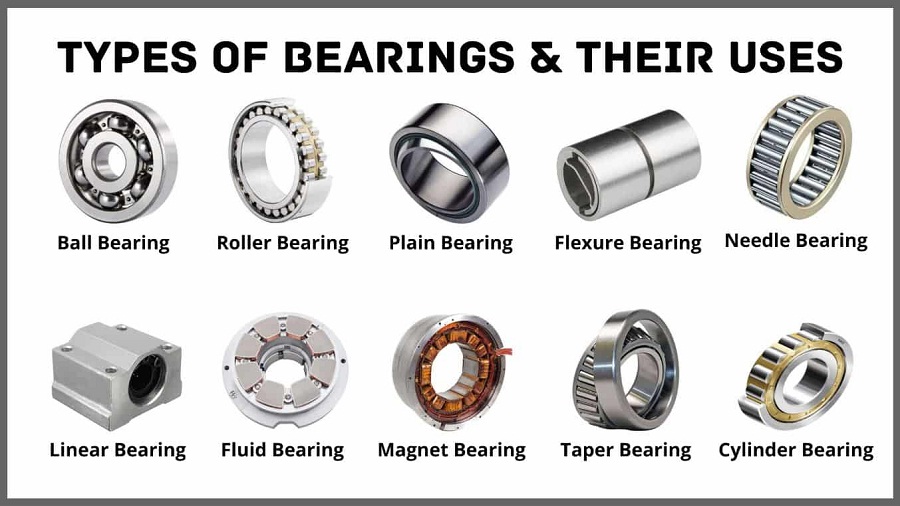In the world of modern networking and data centers, the demand for high-speed, reliable, and efficient connections is paramount. As technology evolves, so do the components that facilitate seamless communication. Among these components, MTP (Multi-fiber Push-On) cables have emerged as a critical solution for managing complex connectivity requirements.
This guest post delves deeper into the intricate details of MTP trunk cables and MTP patch cables, highlighting their differences, applications, and real-world significance.
Understanding MTP Trunk Cables and MTP Patch Cables
MTP trunk cables and MTP patch cables are both designed to accommodate multiple optical fibers within a single, compact connector. They owe their efficiency to the MT (Mechanical Transfer) ferrule, which allows the precise alignment of fibers. Despite this commonality, these cables serve distinct purposes within the network infrastructure.
-
MTP Trunk Cables: The Backbone of Connectivity
MTP trunk cables, often referred to as backbone cables, are the heavy lifters of network installations. These cables feature a higher fiber count, ranging from 8 to 144 fibers, and are primarily utilized for interconnecting data center components like switches, routers, and servers. The trunk cables establish the fundamental pathways that facilitate data flow across large distances within a data center or between different facilities.
Installing MTP trunk cables requires careful planning to ensure efficient routing, proper strain relief, and effective cable management. Their larger diameter is designed to accommodate the higher fiber count while maintaining signal integrity over extended distances. MTP trunk cables play a critical role in ensuring the robustness and reliability of network connections, making them the foundation of modern data center architecture.
-
MTP Patch Cables: Localized Connections
In contrast, MTP patch cables, also known as jumper cables, come with lower fiber counts, typically ranging from 8 to 24 fibers. Their role is pivotal in establishing short-range connections within cabinets, racks, or between adjacent equipment. Patch cables allow for flexible configurations and rapid changes to the network layout, which are crucial for maintenance, upgrades, or adapting to evolving networking demands.
Due to their shorter length, MTP patch cables have a slimmer profile than trunk cables. This design suits their intended purpose of linking equipment in close proximity. MTP patch cables offer a straightforward deployment process, often involving plug-and-play connections. This simplicity and adaptability make them indispensable for scenarios where network configurations need to be modified frequently.

Key Differences between MTP Trunk Cables and MTP Patch Cables
1. Fiber Count and Purpose
MTP trunk cables are designed for long-distance connections and possess higher fiber counts, making them suitable for carrying large volumes of data across data centers or buildings. On the other hand, MTP patch cables are meant for short-range, localized connections where flexibility and adaptability are critical.
2. Cable Length
MTP trunk cables are typically longer, as they are responsible for establishing connections between distant points. MTP patch cables, due to their short-range application, are considerably shorter and are used to link equipment nearby.
3. Cable Diameter
Due to their higher fiber count, MTP trunk cables tend to have a larger diameter. This design accommodates the additional fibers and provides the necessary strength for spanning longer distances. MTP patch cables have a slimmer profile, suitable for the reduced distances they cover.
4. Deployment Complexity
MTP trunk cables require meticulous planning and installation as they form the core infrastructure of a network. Their deployment involves considerations for cable routing, strain relief, and management. MTP patch cables offer a more straightforward deployment process, often involving simple plug-and-play connections.

Applications in the Real World
-
The MTP Trunk Cable Advantage
MTP trunk cables find their applications in scenarios demanding high-capacity and long-distance connectivity. In large data centers, where numerous servers and networking devices are spread across expansive spaces, these cables play a crucial role in maintaining efficient communication. They also find relevance in disaster recovery setups, connecting geographically separated data centers to ensure business continuity.
-
Empowering with MTP Patch Cables
MTP patch cables offer the agility required in environments characterized by rapid changes and frequent adjustments. Cloud service providers and enterprises with dynamic networking needs benefit from the versatility of patch cables. They enable efficient reconfiguration of equipment, making them indispensable in scenarios where agility and adaptability are paramount.
Which Product Suits Your Needs?
In the ever-evolving landscape of networking and data management, the choice between MTP trunk cables and MTP patch cables boils down to the specific requirements of the infrastructure. While trunk cables form the robust backbone for long-distance, high-capacity connections, patch cables offer the flexibility needed for quick and adaptable short-range setups.
Understanding their unique attributes equips network professionals with the knowledge to design and implement optimized solutions, ensuring seamless connectivity in diverse scenarios. Whether weaving the intricate web of a sprawling data center or facilitating rapid adjustments in a dynamic environment, MTP trunk and patch cables stand as pillars of modern connectivity architecture.

If you’re looking to buy MTP trunk and patch cables, then Fibermart should be your go-to option. Fibermart, headquartered in Hong Kong and the U.S., stands out as a global leader in the realm of fiber optic networks and integrated network solutions. Their wide range of products includes DWDM modules, MPO Trunk cables, optical amplifiers, Fiber Breakout cables, and a lot more.
They dedicate themselves to continuous research, development, and innovative design, specializing in manufacturing advanced fiber connectivity solutions. Serving a wide range of clients, from private individuals to corporations, ISPs, and content providers, they consistently prioritize high-quality performance and innovation. Contact them today for more details about their products.





